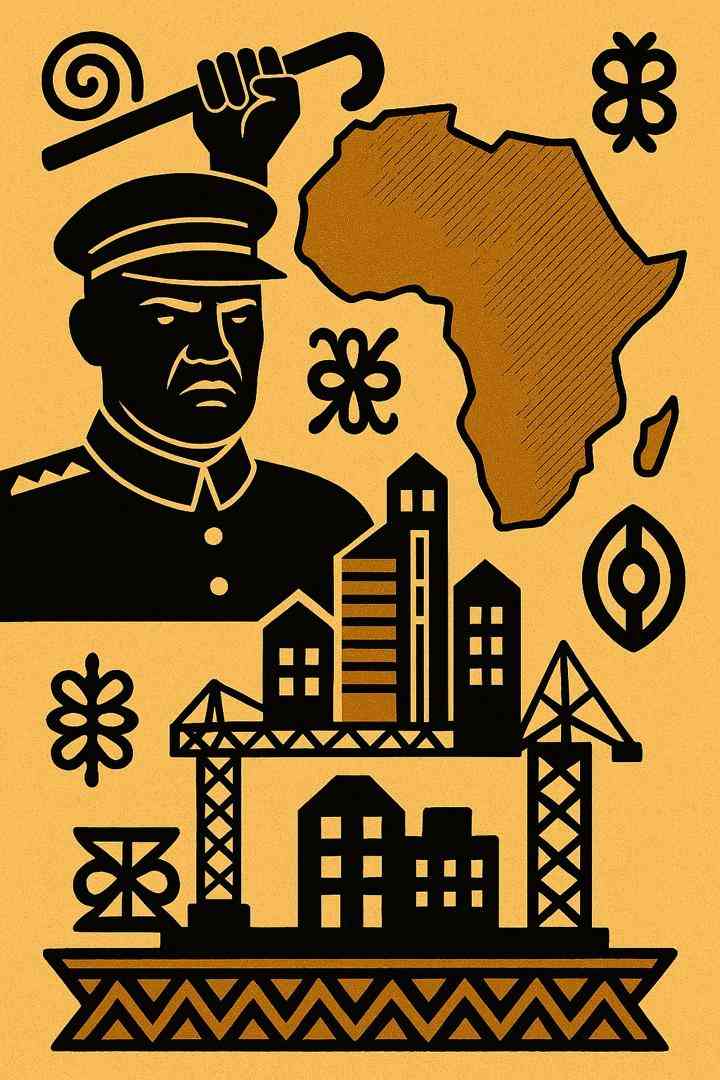
ZIMBABWE is currently experiencing a depressed power supply situation, which was exacerbated by the reduced power production from Kariba Power Station.
Besides the usual challenges of aged equipment at the country’s thermal power stations, climate change effects have hit hard on the Kariba South Hydro Power Plant where the dam that supports generation of power has received much reduced water inflows due to the poor 2021-2022 rain season.
The water levels at Kariba Dam have gone down such that power generation at the dam had to be curtailed. On Friday, November 25 2022, the Zambezi River Authority notified the Zimbabwe Power Company (ZPC) that the utility had exhausted its water allocation for 2022 and there was need for the power station to be completely shut down.
The country’s current available internal generation capacity gets to around 800megawatts (mgw) and the power is contributed as follows: from Hwange there is a generation of up to 400mgw. Kariba is running between 250mgw and 300mgw and from the small thermals there is a contribution of 30mgw.
Independent power producers are contributing a total of 56mgw to make up for the 800mgw which is generated internally. The country also gets some imports of electricity from Eskom, which is supplying about 100mgw and another 50mgw from utilities in Mozambique called Hidroeléctrica de Cahora Bassa (HCB) and Electricidade de Moçambique (EDM) also supplying 50mgw.
Zesco of Zambia has an agreement with Zesa for the supply of 100mgw and thus in total, Zimbabwe is getting 300mgw as power imports.
In order to mitigate the current shortfall that was occasioned mainly by the reduced power generation from Kariba Power Station and achieve energy security, there is need for short term and long term measures.
Immediate actions to restore system stability and increase generation capacity:
- Mavhunga puts DeMbare into Chibuku quarterfinals
- Bulls to charge into Zimbabwe gold stocks
- Ndiraya concerned as goals dry up
- Letters: How solar power is transforming African farms
Keep Reading
Demand side management
Firstly looking at the short term measures, Zesa has to focus more on the demand side management. There is need to continue engaging intensive power users to reduce the load and also employ efficiencies in their operations. Domestic customers should also be encouraged to implement energy conservation measures like switching off switches and also to work on the restricted use of electricity geysers and use of efficient gadgets such as efficient lights, fridges and other appliances.
Zesa should also continue expediting the installation of prepaid and smart metres to improve the management of electricity consumption.
Solar investment
There is need to get the excess capacity through the net metering facility, which allows customers with excess capacity from their generators like solar systems on rooftops to be connected to the grid. This has benefits for users as well as for the country as a whole.
Through this facility, a household use the grid to bank electricity which will be withdrawn during out of production times.
To speed up the rollout and reduce the cost of rooftop solar, Zesa needs to develop a feed-in tariff for small-scale embedded generators. In support, the Treasury should consider the expansion of tax incentives for residential and commercial installations
Independent Power Producers
Additional capacity can be made available in the short term by allowing existing Independent Power producers (IPPs) to sell surplus power to Zesa. This will involve amending contracts with existing IPPs from previous bid windows to enable them to sell additional capacity.
In addition, Zesacan be allowed to procure power from existing private generators, such as mining companies and shopping malls which have installed solar panels and can supply their excess power to the grid. There should be some incentives available to expedite development of independent power producer projects.
Establish baseload power plant
Our energy mix as a country should have a provision for base load. This is the electricity that is not affected by the weather conditions, whether it is raining, night or day or any other conditions.
New capacity from renewables
There is need to accelerate procurement of new capacity from renewables, gas and battery storage. A massive rollout of renewable energy offers our best chance of ending load shedding as quickly as possible.
Long term measures
To end the perennial challenges of electricity and hence have energy security in Zimbabwe, the following projects needs to be finalised.
Batoka hydro electric scheme
In the long term, there is need for exploitation of hydro-power potential along the Zambezi River and the immediate one is through Batoka Hydro Electric Scheme, which has a potential of producing 2 400 mw.
There had been renewed impetus in the past decade to see the project through, but according to the Zambezi River Authority (ZRA) progress was stalled by funding problems.
Invest in coal bed methane gas
Zimbabwe has been touted to have huge deposits of untapped coal bed methane particularly in Matabeleland north covering Lupane, Gwayi and Hwange.
The development of thecoal bed methane gas project has the capacity to boost the country’s energy generation capacity. However, the slow pace of harnessing coal bed methane gas has been attributed to lack of investments.
Gwanda solar project
The 100MW Gwanda solar PV power project need to be seriously finalised. The project is currently in announced stage and is, however,the project construction is expected to enter into commercial operation in 2024.
Investing in solar energy delivers significant economic benefits such as lower energy costs, a greener business footprint and greater independence from volatile energy markets.
Transform the electricity sector
There is need for broader reforms to establish a competitive electricity market which enables private investment and remove the need for guarantees – this is the only long-term solution to address the shortfall.These changes will allow multiple electricity generators (both private and state-owned) to compete on an equal footing, while the grid remains public and managed by an independent transmission company.
This is key to enabling new investment in generation capacity at the scale required over the next decade and beyond – diversifying our energy sources.
In a nutshell, in light of the challenges faced at Kariba Power Station, Zimbabwe Power Company should come up with ways of increasing electricity generation from other existing power plants and scale up investment in renewable energy sources especially at government institutions.
This will help in creating a vibrant renewable energy market in the country. Alternatively, Zesa should consider securing additional power imports and for electricity imported, the tariffs must be cost reflective. If the government wants to subsidise, there should be budgetary support to that effect.
Zuze writes in his personal capacity. His interests are in socio-economic policies, informal sector and poverty, domestic resource mobilisation, mineral resource governance and public finance management. These weekly New Perspectives articles published in the Zimbabwe Independent are coordinated by Lovemore Kadenge, an independent consultant, past presi dent of the Zimbabwe Economics Society and past president of the Chartered Governance & Accountancy Institute in Zimbabwe (CGI Zim babwe). — [email protected] or mobile: +263 772 382 852.










